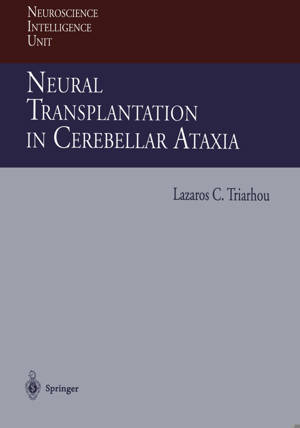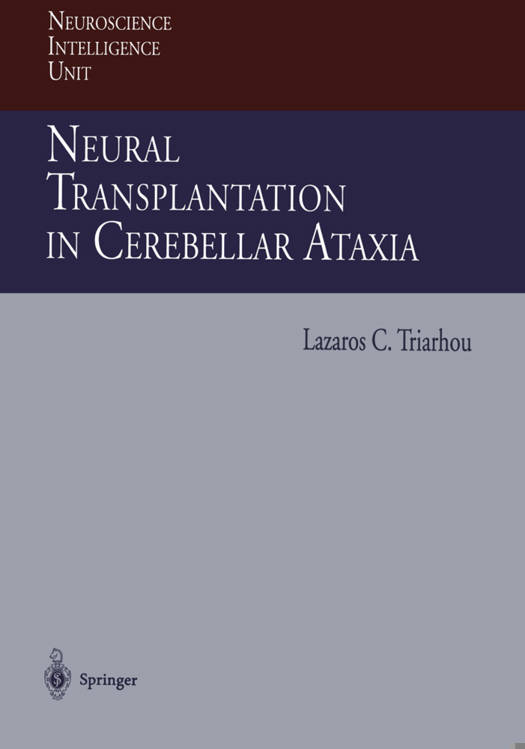
- Afhalen na 1 uur in een winkel met voorraad
- Gratis thuislevering in België vanaf € 30
- Ruim aanbod met 7 miljoen producten
- Afhalen na 1 uur in een winkel met voorraad
- Gratis thuislevering in België vanaf € 30
- Ruim aanbod met 7 miljoen producten
Zoeken
Omschrijving
erebellar ataxia is a failure in muscular coordination that re- C sults from a slow, progressive deterioration of neurons in the cerebellum. An estimated 150,000 people are affected by the he- reditary ataxias and related disorders in the United States. At present, there is no known cure. In an experimental treatment aimed at reconstructing the damaged pathway through exog- enous neuronal supplementation, genetically ataxic mice have been used for intracerebral grafting of genetically healthy cerebellar neuroblasts, and evidence has been obtained for graft-induced en- hancement of behavioral responses after bilateral cerebellar grafts. Such results are encouraging and underscore the potential of the neural grafting technique in restoring cerebellar function. How- ever, many of the pathological and biochemical mechanisms in the interaction between grafted tissue and the host brain need to be further elucidated in extensive experimental studies, and great cau- tion must be used in contemplating the theoretical feasibility of a possible application in humans.
Specificaties
Betrokkenen
- Auteur(s):
- Uitgeverij:
Inhoud
- Aantal bladzijden:
- 162
- Taal:
- Engels
- Reeks:
Eigenschappen
- Productcode (EAN):
- 9783662222157
- Verschijningsdatum:
- 20/11/2013
- Uitvoering:
- Paperback
- Formaat:
- Trade paperback (VS)
- Afmetingen:
- 178 mm x 254 mm
- Gewicht:
- 317 g

Alleen bij Standaard Boekhandel
+ 105 punten op je klantenkaart van Standaard Boekhandel
Beoordelingen
We publiceren alleen reviews die voldoen aan de voorwaarden voor reviews. Bekijk onze voorwaarden voor reviews.











